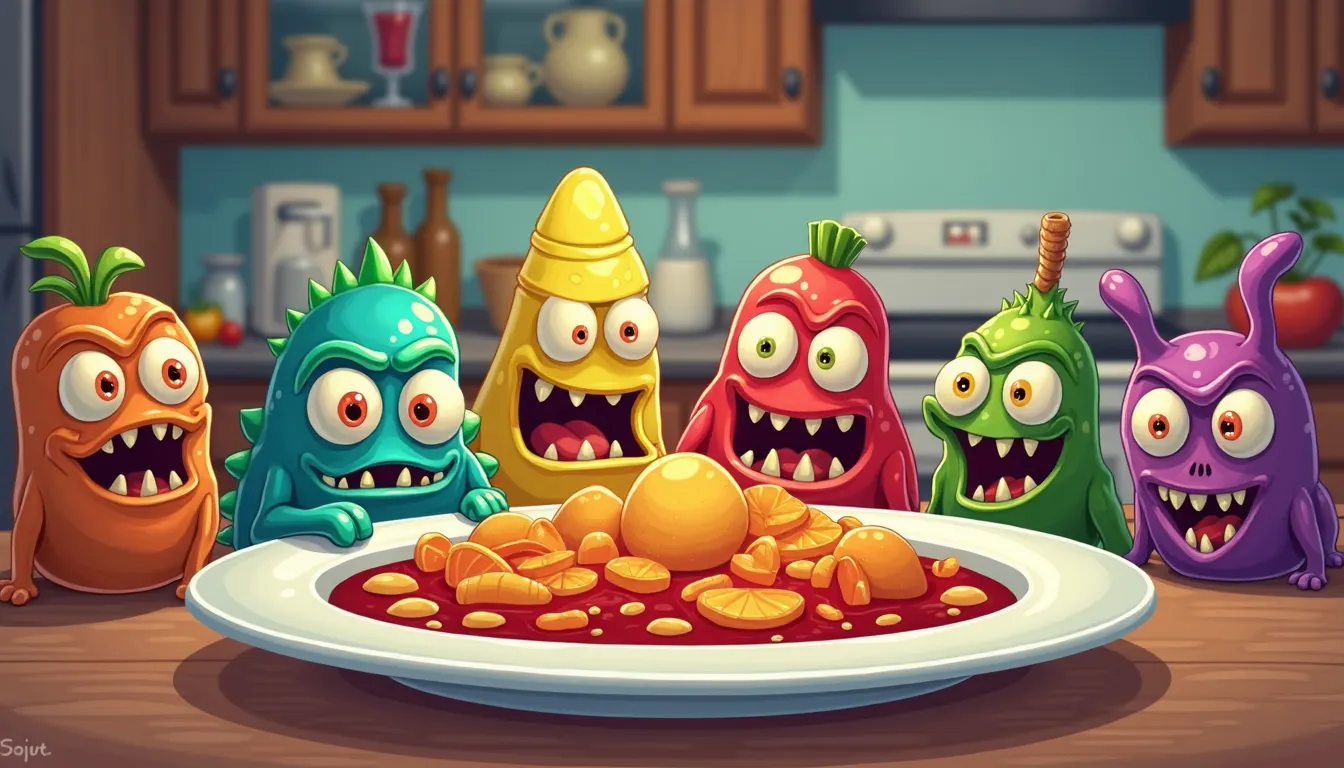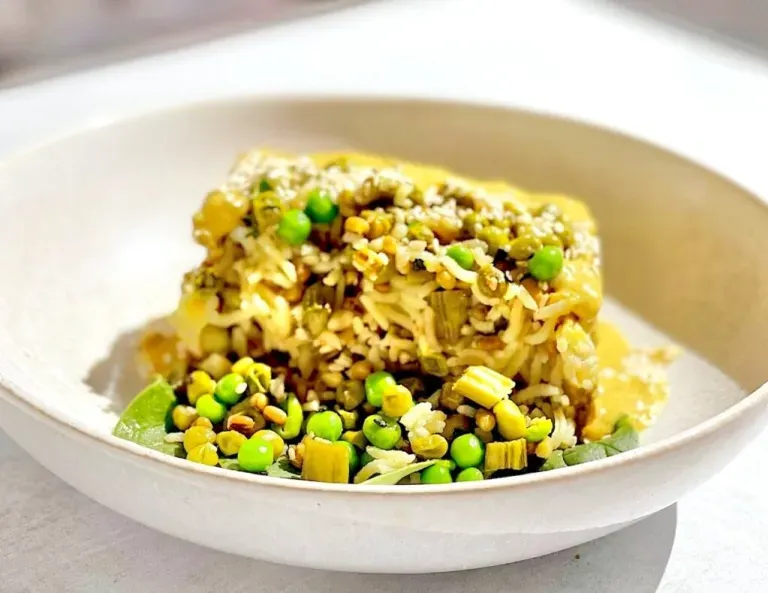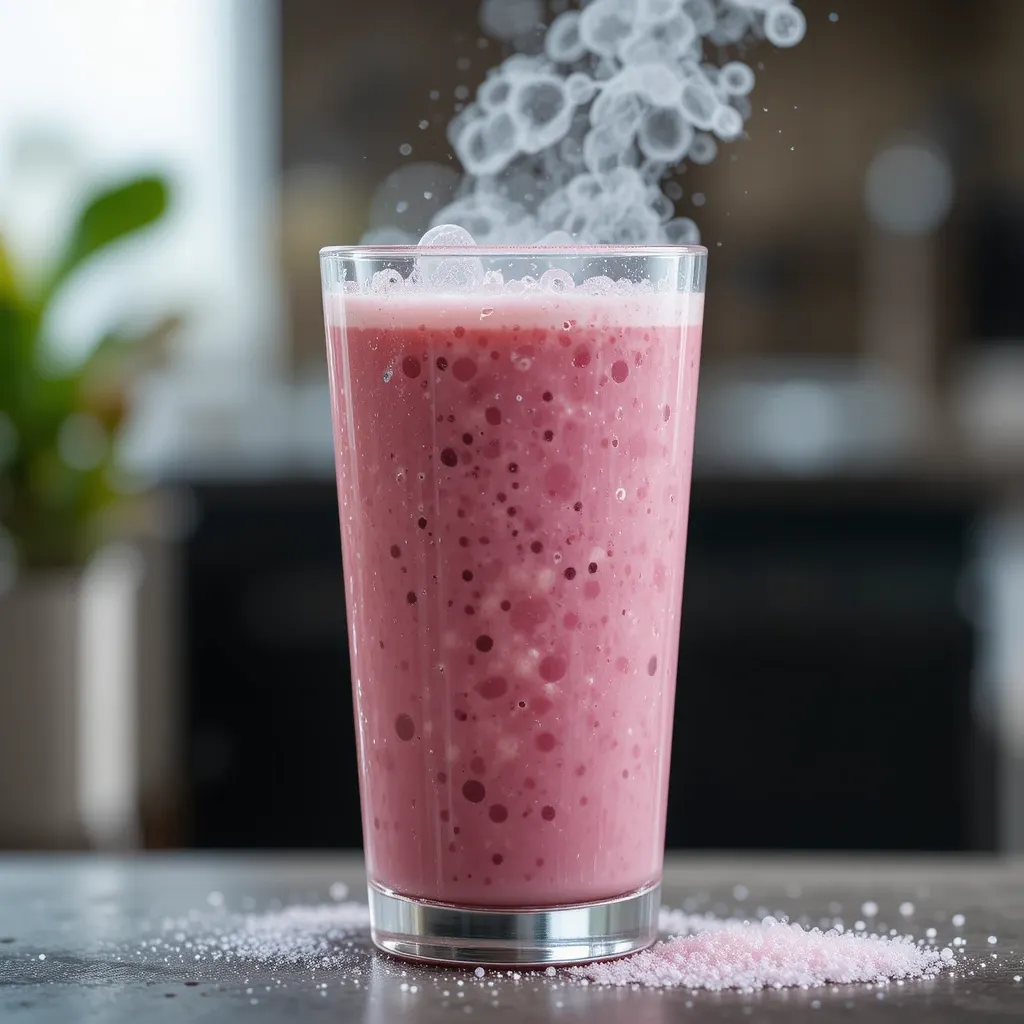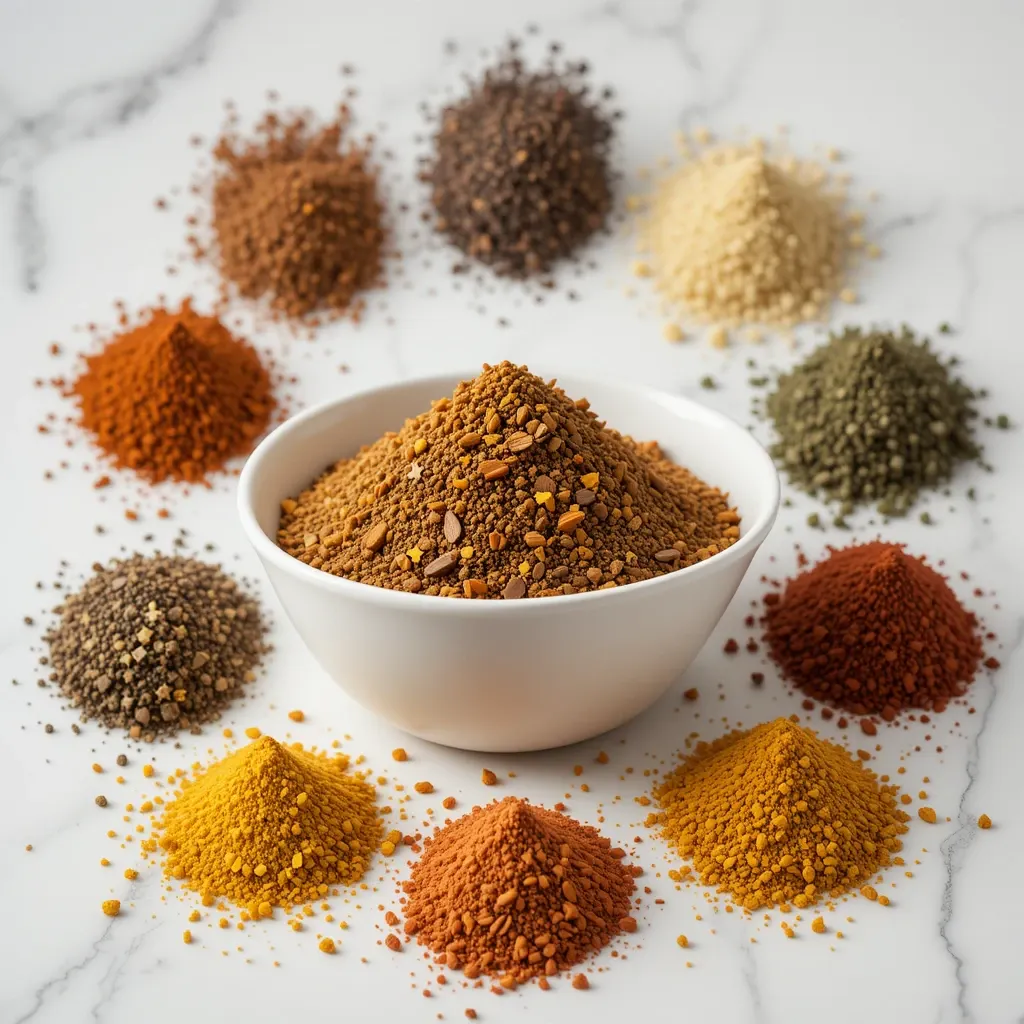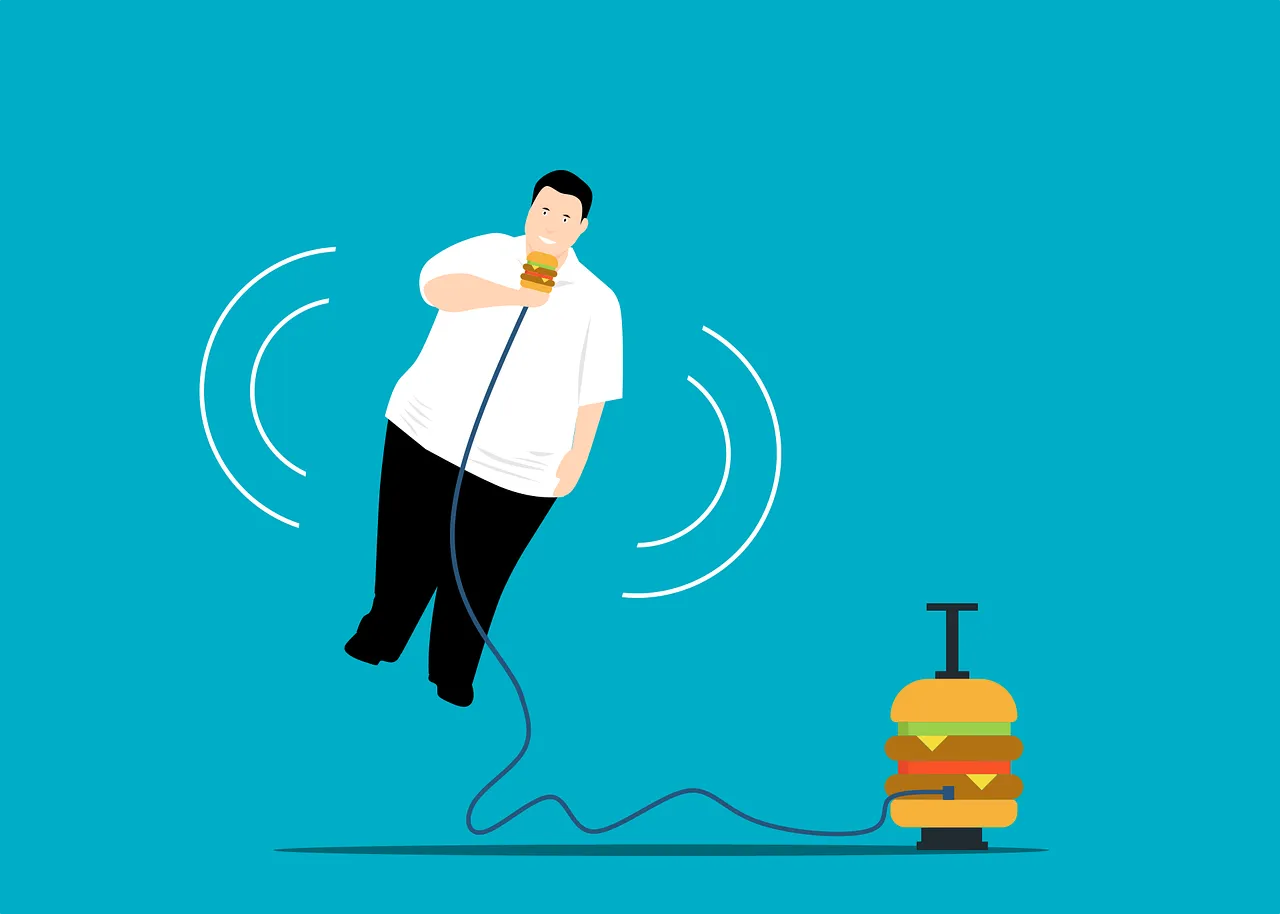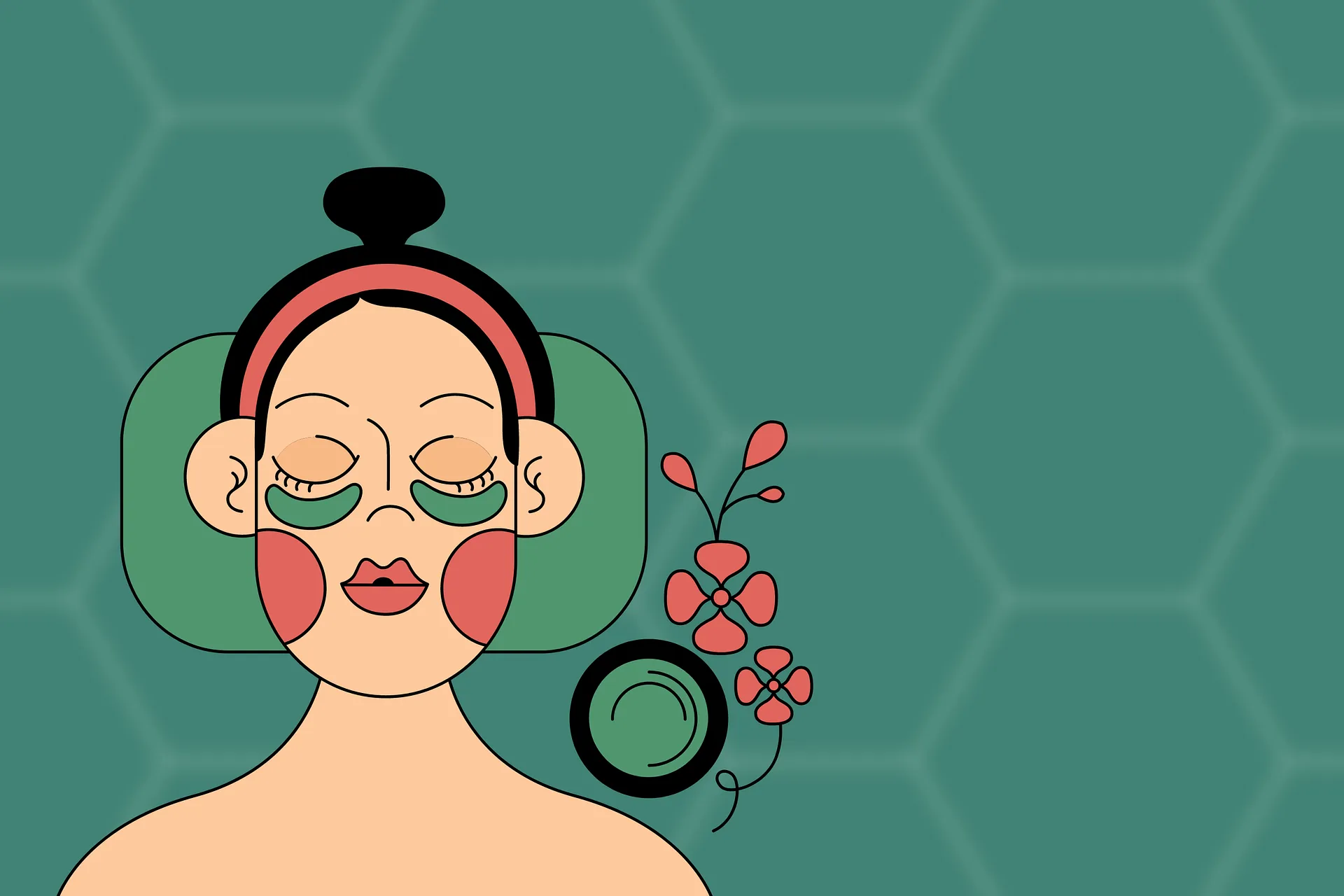Why Gen Z Craves Junk Food: An Ayurvedic Perspective
From chips to sugary drinks, Gen Z’s obsession with junk food isn't just a modern diet issue—it’s a deeper imbalance that calls for a wiser lens.
Why Gen Z craves junk food: an Ayurvedic perspective offers clarity by decoding not only the what but the why, revealing patterns that conventional nutrition often overlooks.
What’s Really Going On With Gen Z and Junk Food?

Despite being the most digitally informed generation, Gen Z struggles with real-time food choices. They know what’s healthy, yet reach for ultra-processed snacks, energy drinks, and fast food with alarming frequency.
Their physical energy drops, emotional states fluctuate, and attention spans shrink. But this isn’t just about willpower or laziness—it’s a mismatch between ancient body rhythms and modern lifestyles.
Ayurveda, the 5,000-year-old science of life, gives us tools to decode this craving cycle from the inside out—unlocking deeply rooted imbalances, hidden triggers, and subtle mind-body cues often missed by modern dietary models.
Immediate Causes: Lifestyle Mismatches & Disrupted Doshas How Modern Habits Clash with Ancient Rhythms From binge-scrolling to erratic sleep, Gen Z's tech-driven routines disturb their biological clocks, disrupting digestion (Agni), increasing mental restlessness (Vata), emotional intensity (Pitta), and lethargy (Kapha). Ayurveda views lifestyle patterns as directly contributing to craving-heavy, tamasic (dulling) foods.
Common Triggers: Screen-induced overstimulation → elevated Vata → craving salty, crunchy snacks.
Late-night studying or gaming → disturbed Pitta → desire for spicy, fried, or heavy meals.
Emotional burnout → sluggish Kapha → tendency toward sweets, dairy, and comfort foods.
These doshic imbalances create false hunger, leading to poor food choices that aggravate the root imbalance even further—a loop that repeats until the body and mind crash.
Emotional Eating: The Hidden Force Behind Cravings Are Emotions Making Gen Z Reach for Junk? Ayurveda doesn't separate the mind from digestion. Emotions are digested just like food, and unresolved stress, anxiety, and disconnection manifest as cravings.
Many in Gen Z experience:
Low self-worth is tied to social media comparison.
Loneliness despite hyper-connectivity.
Performance anxiety academically or socially.
These emotional triggers correlate with Rajasic and Tamasic foods—overstimulating or heavy substances like caffeine, sugar, chips, and processed fats.
These foods offer short-lived comfort but accumulate Ama (toxins) in the body, which dulls clarity and burdens the system.
The Ayurvedic Anatomy of a Craving: What Does Ayurveda Say About Food Desires?
Cravings aren't random—they're messages from the body's intelligence. But when doshas are deranged, these messages become distorted. Here's how Ayurveda breaks it down:
| Craving Type | Dominant Dosha | Underlying Imbalance | Typical Junk Food |
|---|---|---|---|
| Salty, crunchy | Vata | Anxiety, lack of grounding | Chips, fries |
| Spicy, oily | Pitta | Frustration, overwork | Pizza, hot wings |
| Sweet, creamy | Kapha | Lethargy, sadness | Ice cream |
Instead of suppressing cravings, Ayurveda teaches us to understand and realign them. The body wants balance, not calories.
Dopamine vs. Ojas: The Subtle Battle of Nourishment
Why Instant Gratification Fails Long-Term
Modern food marketing hijacks dopamine pathways, offering bursts of pleasure without sustainable energy. Ayurveda instead seeks to build Ojas, the essence of immunity, joy, and strength. While dopamine depletes, Ojas nourishes.
Junk food depletes Ojas by:
- Blocking pranic flow (life-force energy).
- Overburdening the digestive fire (Agni).
- Leading to mental fog, irritability, and fatigue.
By substituting high-pleasure but low-nutrition items with sattvic, naturally sweet, grounding options—like dates, warm milk with nutmeg, or ghee-roasted root vegetables—Gen Z can experience stability, better moods, and less craving.
What Ayurveda Recommends Instead
Simple Real-Life Shifts for Gen Z
Instead of imposing restrictive diets, Ayurveda offers intuitive, adaptive practices that restore balance gently and effectively:
1. Daily Rituals (Dinacharya):
Establish routines like oil pulling, tongue scraping, warm water in the morning, and consistent meal times to reset circadian rhythms and reduce binge-eating urges.
2. Mindful Eating:
Eat without screens. Chew thoroughly. Let food be warm, fresh, and prepared with intention. This improves digestion and lowers impulsive snacking.
3. Herbs & Teas:
- Ashwagandha for grounding anxiety.
- Triphala to detoxify accumulated Ama.
- Cumin-Coriander-Fennel tea to regulate Agni and reduce bloating.
4. Swap Tamasic for Sattvic Snacks:
Keep roasted seeds, homemade energy balls, or fruit slices with cinnamon nearby for quick nourishment without the crash.
FAQs: Quick Ayurvedic Takes on Gen Z Food Habits
Is it okay to eat junk food occasionally?
Yes, if digestion is strong (balanced Agni), occasional indulgence is manageable. But frequent cravings signal deeper imbalance.
Why do I crave junk food even after eating full meals?
Your body might be nourished physically but starved emotionally or energetically. Look beyond calories—consider how you feel.
What’s the best time for Gen Z to eat?
Ideally, the biggest meal should be at midday (Pitta peak), with lighter dinners and minimal late-night snacking to align with digestive cycles.
Reclaiming Food Freedom: Start With Inner Alignment
Gen Z’s junk food cravings aren't a failure—they're a sign of disconnection from body wisdom. Ayurveda doesn’t shame or restrict—it reconnects. By aligning with internal rhythms, tuning into real hunger, and replacing synthetic satisfaction with vibrant nourishment, the craving cycle weakens naturally.
This generation holds the power to break the processed-food paradigm—not through guilt or willpower, but through insight, ritual, and reclaiming joy in real food.




